
Experts detailed key advances in myelofibrosis, multiple myeloma, and lymphoma at the Society of Hematologic Oncology 2025 Annual Meeting.

Your AI-Trained Oncology Knowledge Connection!


Experts detailed key advances in myelofibrosis, multiple myeloma, and lymphoma at the Society of Hematologic Oncology 2025 Annual Meeting.
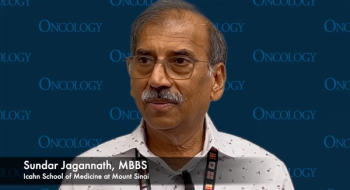
Sundar Jagannath, MBBS, said that when a cure is defined for patients with multiple myeloma, specific patients may be able to stop therapy without a risk of relapsing.

Results from the phase 1b/2 CARTITUDE-1 trial showed that after patients receiving cilta-cel were disease-free for 5 years, they did not need maintenance therapy.

The approach to treating patients with multiple myeloma will change for physicians, pharmaceutical companies, and even patients themselves.
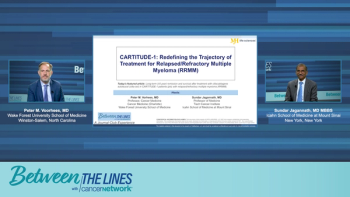
Panelists discuss how long-term CARTITUDE-1 data may change clinical practice by validating earlier use of ciltacabtagene autoleucel (cilta-cel) and informing personalized treatment strategies based on risk and disease biology.

Panelists discuss how the durability of response and long-term minimal residual disease (MRD) negativity in a subset of patients supports redefining treatment end points and cure in multiple myeloma.

Panelists discuss how extended follow-up from CARTITUDE-1 shows continued overall survival benefit with minimal new safety concerns, reinforcing the durability and safety of cell therapy.

Panelists discuss how some patients in CARTITUDE-1 maintained stringent complete remission for more than 5 years without further treatment, potentially redefining the concept of cure in myeloma.

Panelists discuss how the 5-year data from CARTITUDE-1 demonstrate that a substantial subset of patients achieved long-term remission, suggesting a potential shift toward curative therapy.

Panelists discuss how safety outcomes from CARTITUDE-1 revealed that most adverse effects, including cytokine release syndrome (CRS) and neurotoxicity, were manageable and reversible, even in advanced-stage patients.

Panelists discuss how the efficacy outcomes from CARTITUDE-1, including a substantial progression-free survival (PFS) benefit, highlight the transformative impact of deep, sustained minimal residual disease (MRD)-negative responses.

Panelists discuss how CARTITUDE-1 addressed an unmet need by targeting late-line, refractory myeloma patients with a fixed dose of chimeric antigen receptor (CAR) T-cell therapy for potential accelerated approval.

Panelists discuss how the baseline characteristics of CARTITUDE-1 participants underscore the trial’s focus on patients with heavily pretreated and refractory disease.

Panelists discuss how the CARTITUDE-1 trial was designed to evaluate cell therapy in relapsed/refractory multiple myeloma and the importance of long-term follow-up in understanding efficacy and safety.

Panelists discuss how the evolution of FDA approvals for multiple myeloma therapies reflects rapid innovation and increasing effectiveness, particularly with cell-based treatments.

Panelists discuss how advancements in treatment options, including chimeric antigen receptor (CAR) T-cell therapy, bispecific antibodies, and antibody-drug conjugates, are shaping the current multiple myeloma landscape.
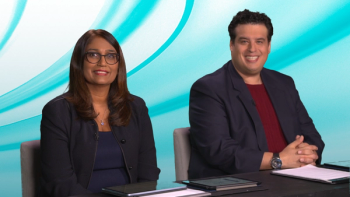
Before closing out their review on the management of multiple myeloma, panelists consider disparities in care and share how these barriers are being addressed.
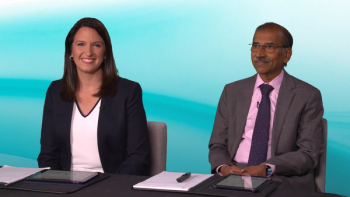
A comprehensive review of novel therapy being investigated in the setting of relapsed/refractory multiple myeloma to expand the bispecific antibody and CAR T-cell therapy armamentarium.
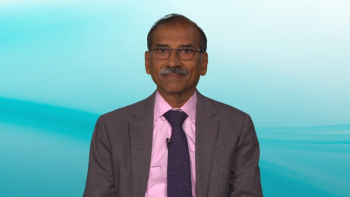
Shared insight on key factors that determine the best selection of therapy in patients with relapsed/refractory multiple myeloma, with a focus on bispecific antibodies and CAR T-cell therapy.
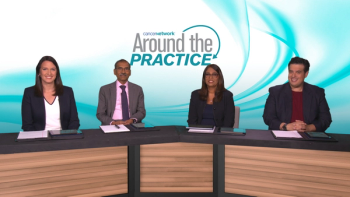
After reviewing their third patient case, expert hematologist-oncologists highlight the treatment armamentarium for relapsed/refractory multiple myeloma.

Before closing out their module on transplant-ineligible newly diagnosed multiple myeloma, panelists reflect on best treatment practices in the setting of high-risk disease.

Practical perspectives on the optimal selection of therapy for transplant-ineligible NDMM, followed by considerations for duration of therapy and dosing.

Expert perspectives on cornerstone induction therapy regimens used in patients with transplant-ineligible newly diagnosed multiple myeloma.

Switching their attention to the transplant-ineligible setting of newly diagnosed multiple myeloma, panelists center discussion around their second patient case.

Expert hematologist-oncologists consider the role of maintenance and consolidation following the completion of transplant in patients with newly diagnosed multiple myeloma.

A brief review of the role of transplant in patients with newly diagnosed multiple myeloma and how it can be best coupled with systemic treatment.

Comprehensive insight on mainstay induction therapy options for patients with transplant-eligible newly diagnosed multiple myeloma in the context of recent clinical studies.

Opening their discussion on the first patient case, expert panelists review the management of transplant-eligible newly diagnosed multiple myeloma.

This management guide covers the symptoms, diagnosis, screening, staging, and treatment of multiple myeloma, smoldering myeloma, and other plasma cell dyscrasias.

Hematologists/oncologists and other physicians can expect to encounter an increasing number of patients with multiple myeloma in the coming years. Between 1997 and 2006, the incidence rate of myeloma declined in the United States, but the burden (the number of incident cases) increased.[1]
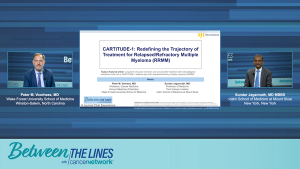
Published: July 11th 2025 | Updated:
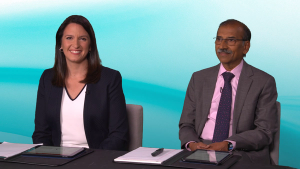
Published: November 17th 2022 | Updated:
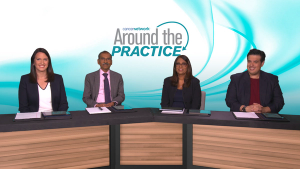
Published: November 10th 2022 | Updated:
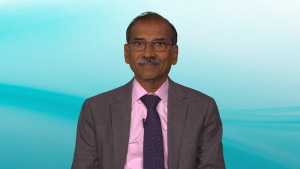
Published: November 24th 2022 | Updated:

Published: December 8th 2022 | Updated:
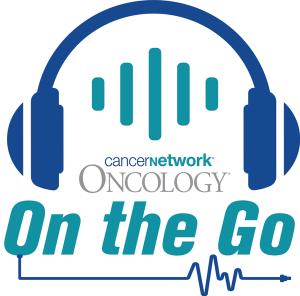
Published: September 15th 2025 | Updated: